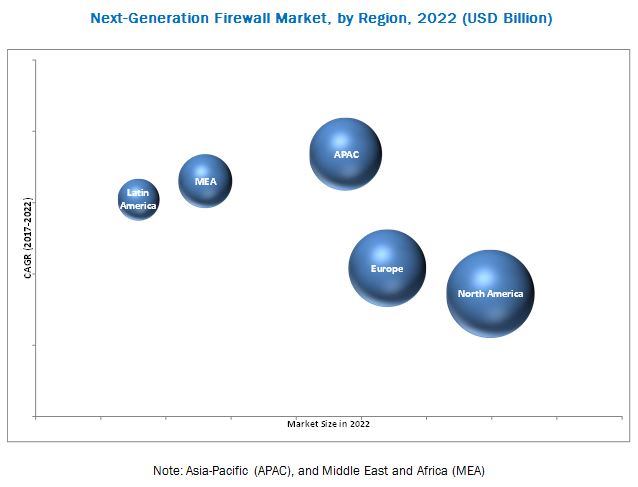

These application-specific capabilities are meant to thwart the growing number of application attacks taking place at Layers 4-7 of the OSI network stack. These include intrusion prevention, SSL and SSH inspection, deep-packet inspection, and reputation-based malware detection, as well as application awareness. NGFWs combine many of the capabilities of traditional firewalls - including packet filtering, network address translation ( NAT) and port address translation (PAT), URL blocking, and virtual private networks ( VPNs) - with quality of service (QoS) functionality and other features not found in traditional firewalls.

They provide it with the ability to understand the details of web application traffic passing through it and to take action to block traffic that might exploit vulnerabilities. Like the introduction of stateful inspection in traditional firewalls, NGFWs bring additional context to the firewall's decision-making process. Of these offerings, most next-generation firewalls integrate at least three basic functions: enterprise firewall capabilities, an IPS and application control. the ability to use external intelligence sources.identity awareness - user and group control.integrated intrusion prevention systems ( IPSes).NGFWs typically feature advanced functions including: It is capable of detecting and blocking sophisticated attacks by enforcing security policies at the application, port and protocol levels. What is a next-generation firewall (NGFW)?Ī next-generation firewall (NGFW) is part of the third generation of firewall technology that can be implemented in hardware or software.


 0 kommentar(er)
0 kommentar(er)
